Dundee has an opportunity to do something unique.
Bear with me as I set the scene.
Many of the nation’s great football stadiums – Old Trafford, Villa Park, St James’ Park, Roker Park, Molineux, Ibrox, Tynecastle, Pittodrie, and Hampden (and about 40 more) were designed by one man, Archibald Leitch, between 1899 and 1939.
Leitch, a Glaswegian, was, in my view, the greatest stadium architect in history.
However, very few of his constructions are left. With changing safety standards the grounds he designed have been rebuilt or clubs relocated.
Dens Park was designed by Leitch.
The unique opportunity is this: Dundee FC, city of Dundee, National Trust for Scotland, SFA and Scottish Government (in any combination, or with other any agency) could retain the main stand at Dens and convert it into a museum of football stadiums.
Dundee FC shouldn’t be expected to donate the stand, of course. They must be properly recompensed to help fund their move to Camperdown. The rest of the Dens site could be sold.
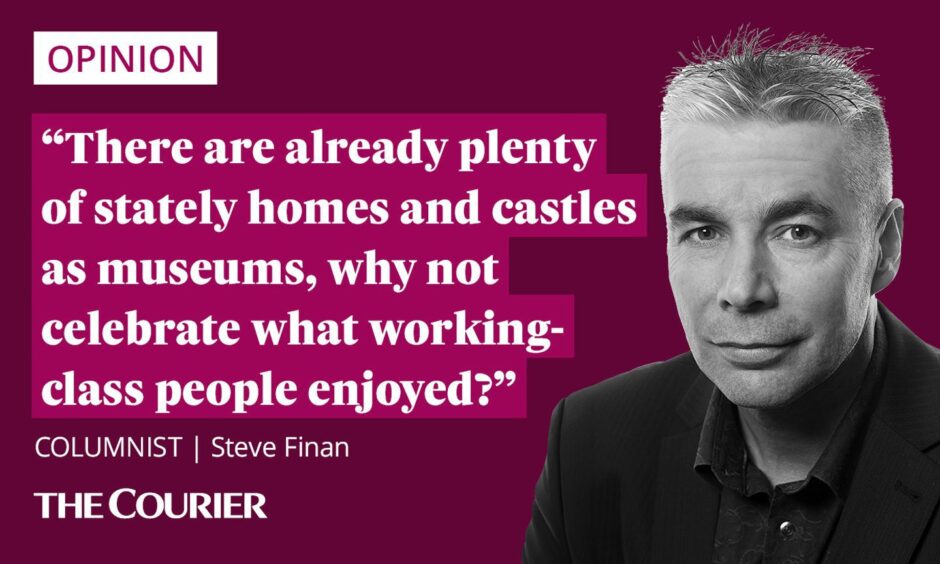
In the 1990s a Lottery grant helped build England’s National Football Museum, originally in Preston before it moved to Manchester. Its visitor figures are booming.
Why not a similar grant for a museum in Scotland?
I mean no disrespect to the V&A, Eden Project, McManus Galleries or any other museum, but football has a ready-made fanatical and gigantic audience.
In my opinion more people will visit a unique football attraction than are interested in tartan design, transport, jute, or a plant-filled dome that’s a copy of Cornwall’s and Morecambe’s plant-filled domes.
And there are already plenty of stately homes and castles as museum pieces, why not celebrate what working-class people enjoyed instead of the landed gentry?
Places where our fathers and grandfathers exalted and sorrowed? A way to retain a little of what a football ground once was – a tightly-packed, swaying, surging experience that enveloped all the senses.
A museum of football grounds would be an attraction on a worldwide scale and attract older fans, with their vast disposable income. It could have displays on the Bernabeau, Maracana, La Bombonera, Azteca, Wembley, SanSiro . . . all the world’s iconic stadiums in one place.
It would include a Leitch section, of course, early history, and modern sections.
Scale models (four or five metres wide) of landmark stadiums, with their architecture and attractiveness explained, would be fascinating.
Dens Park could become first-class museum
Nothing like this exists anywhere else.
What better venue than one of the last Leitch stadiums, which – with fortuitous timing – is about to be vacated? Only Dundee has this opportunity.
It would take vision, teamwork, strong leadership, and energy. But it could create a first-class tourism destination.
And it should be profitable. It is an investment opportunity.
I have proof of concept. In 2018 I wrote a book, Lifted Over The Turnstiles: Scottish Football Grounds in the Black & White Era. Its sales proved there are tens of thousands interested in old stadiums.
- Steve is presenting a five-part lecture series: The Evolution of Scottish Football Grounds, starting on January 22, at the University of Dundee. Tickets are available via Eventbrite.
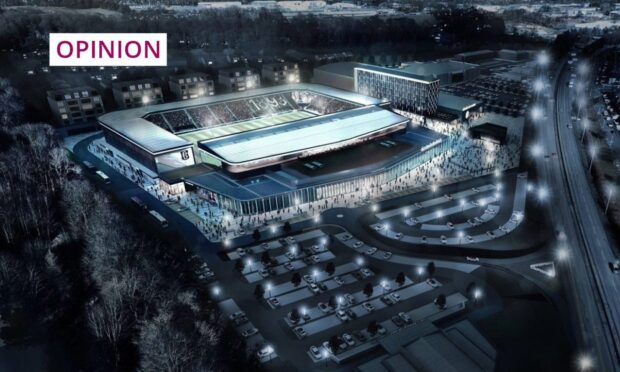
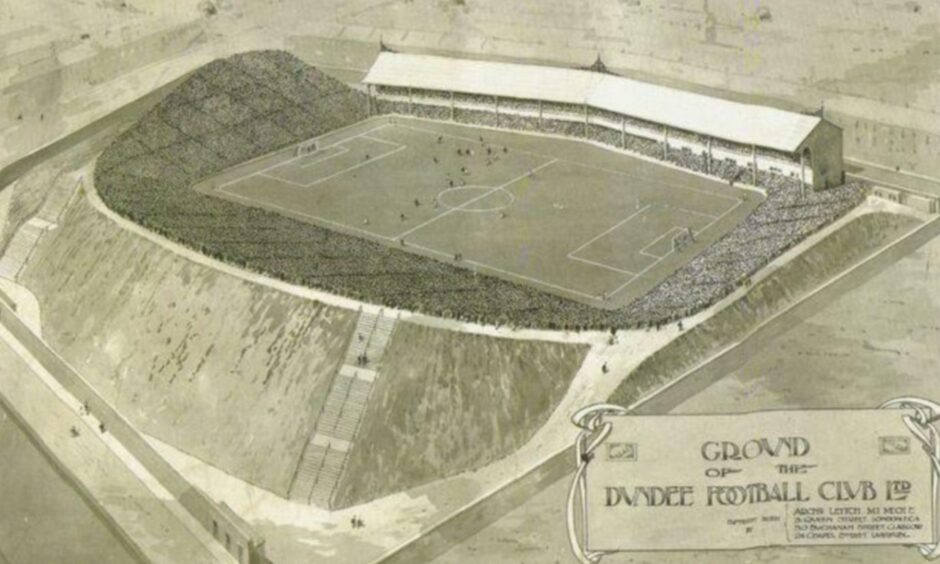

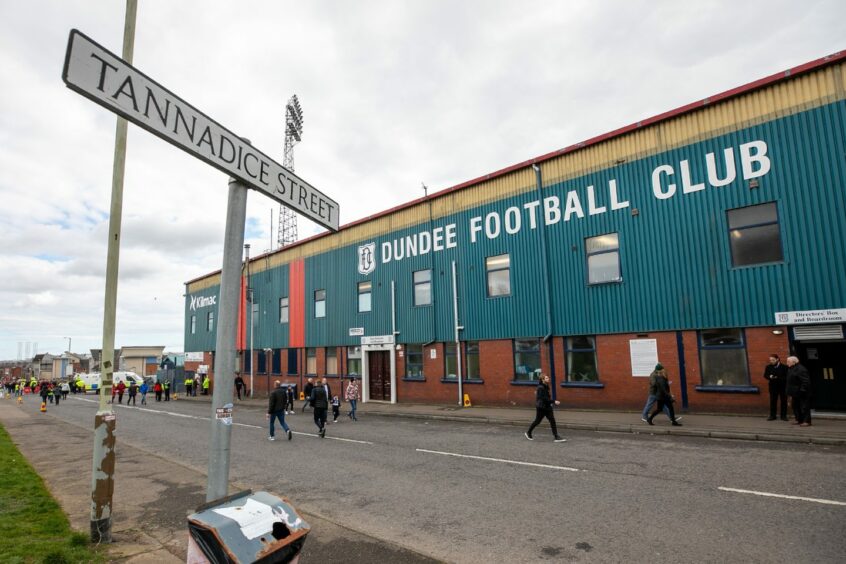
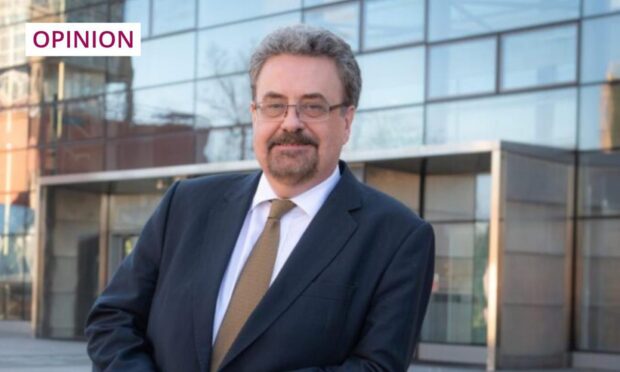
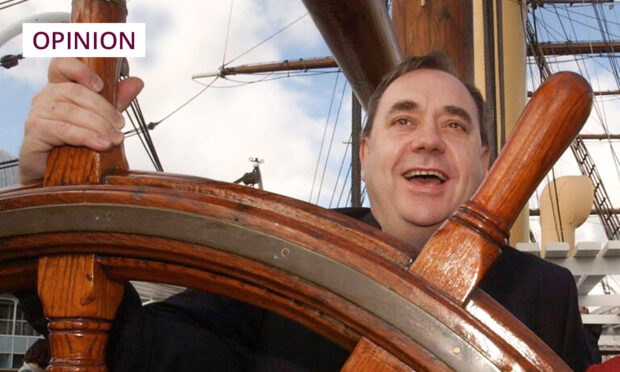
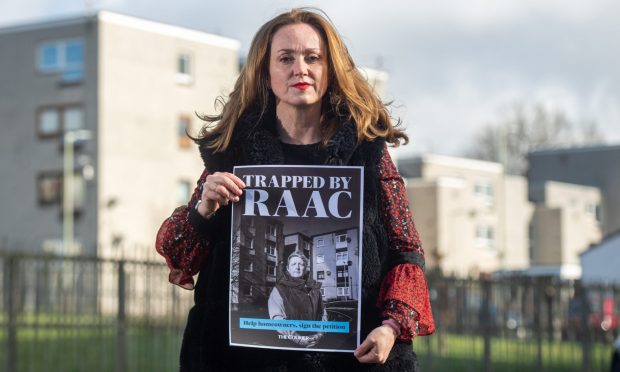
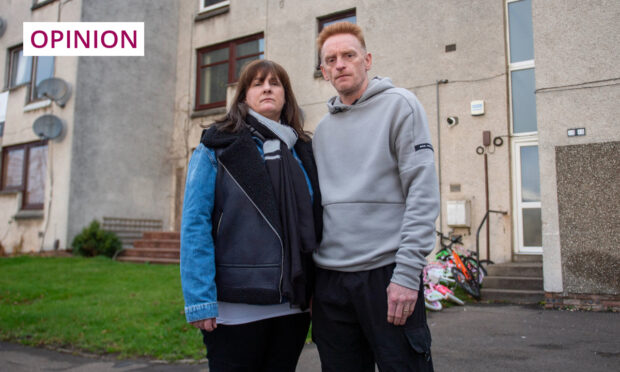
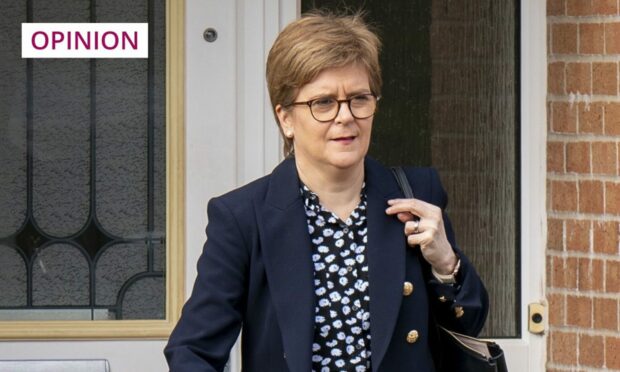
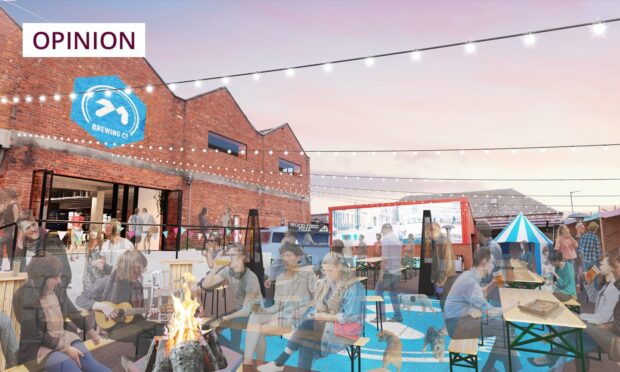

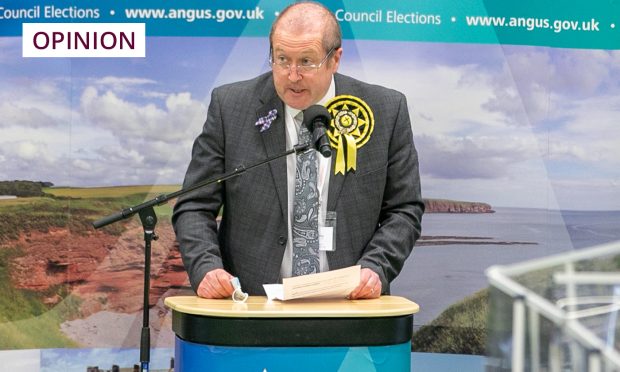
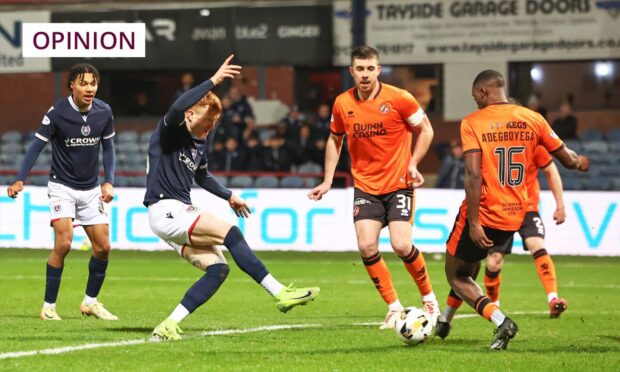
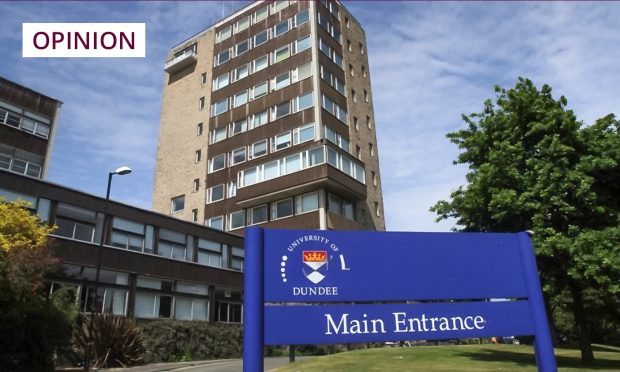
Conversation